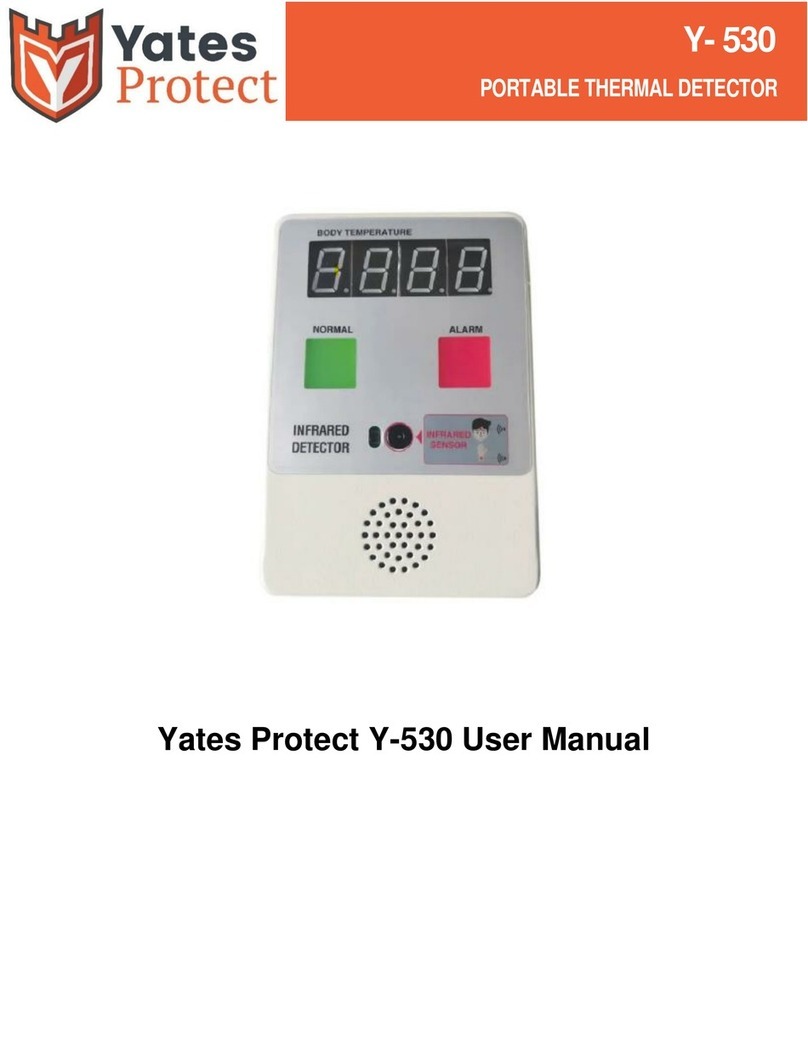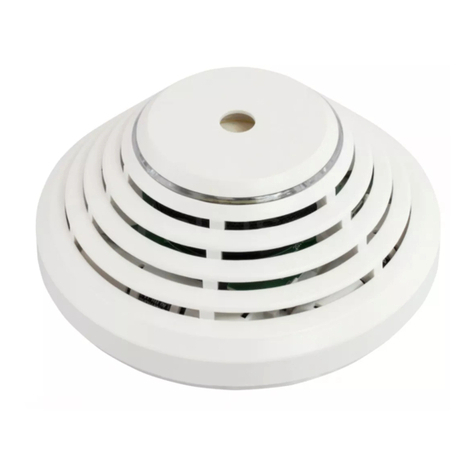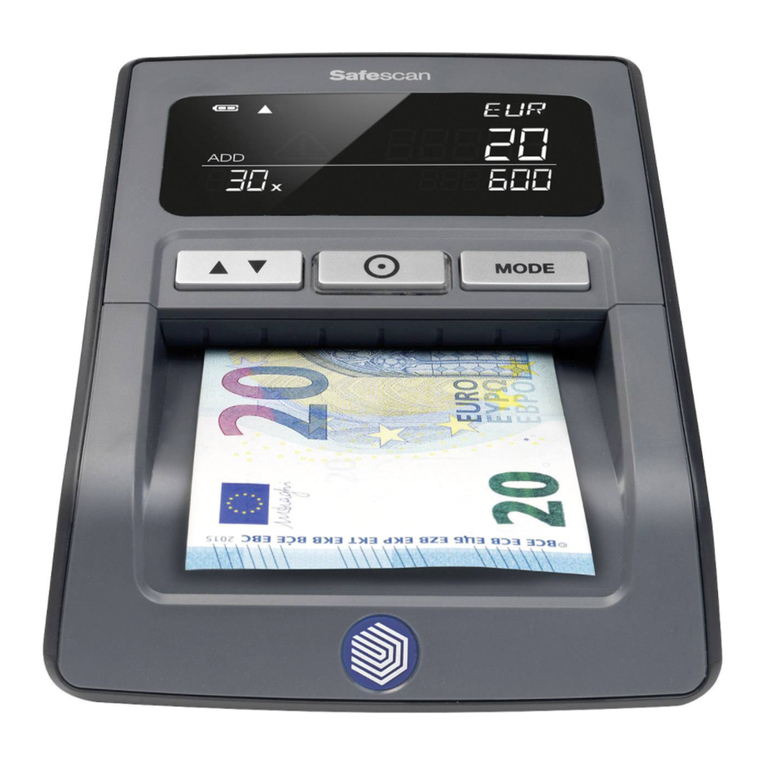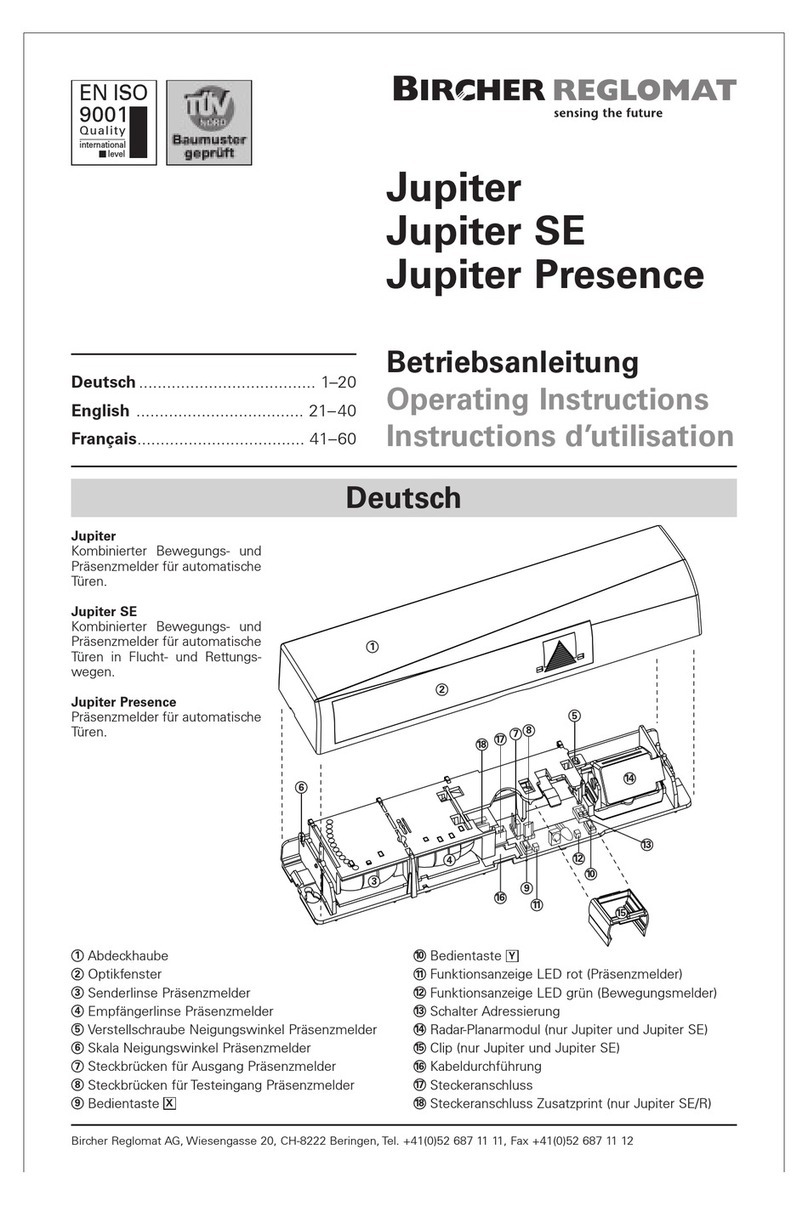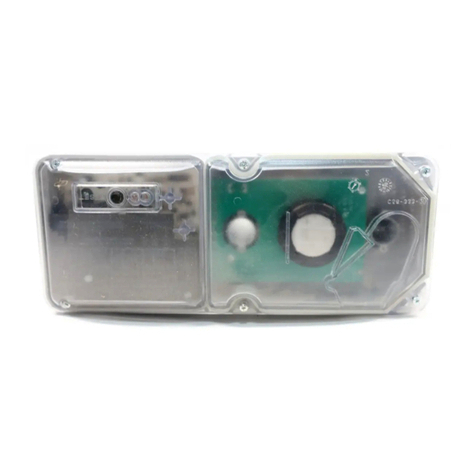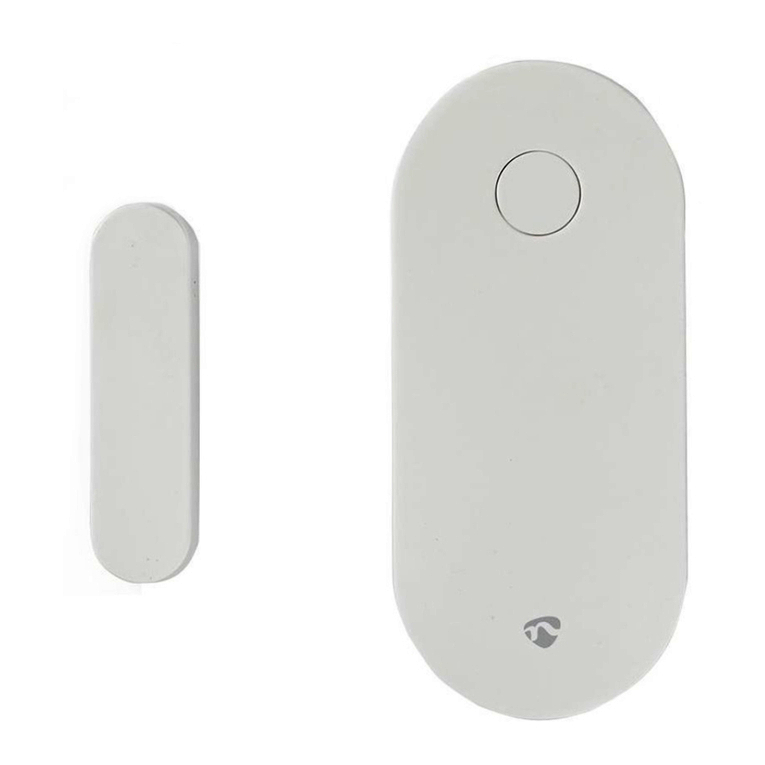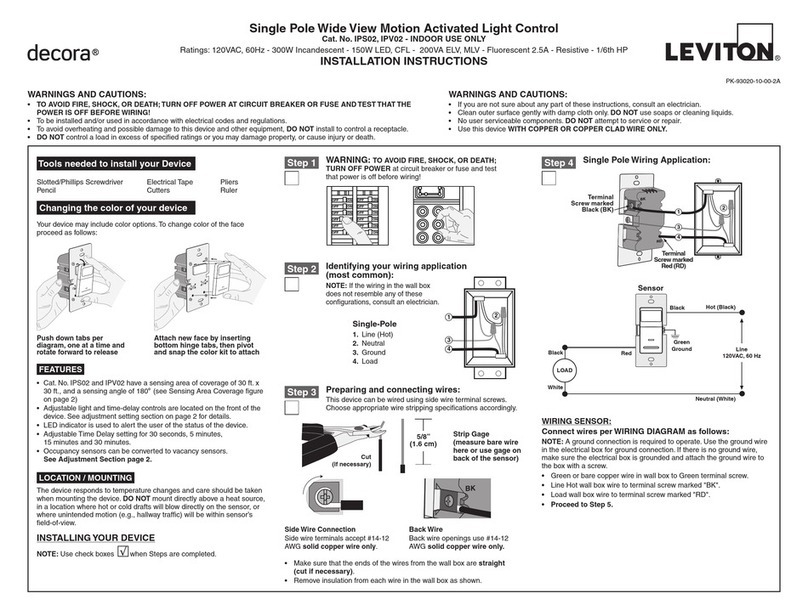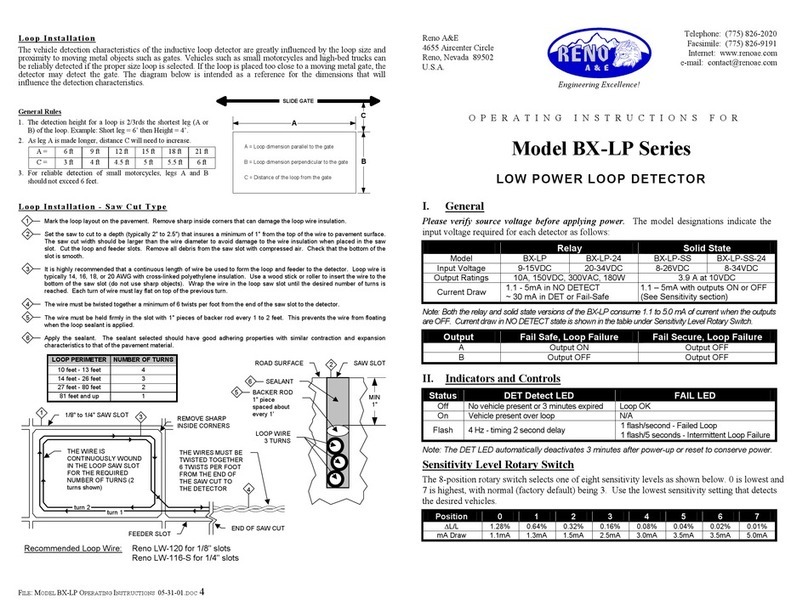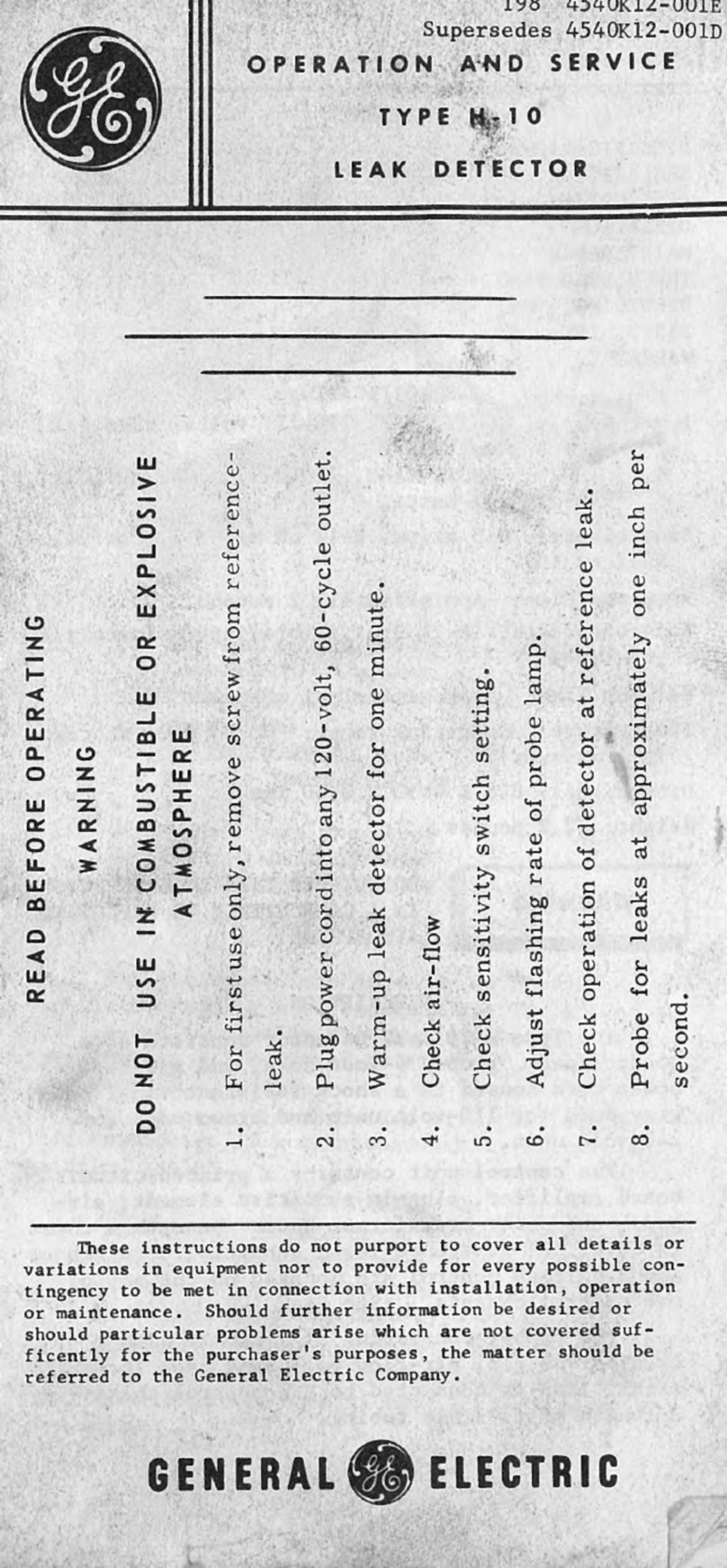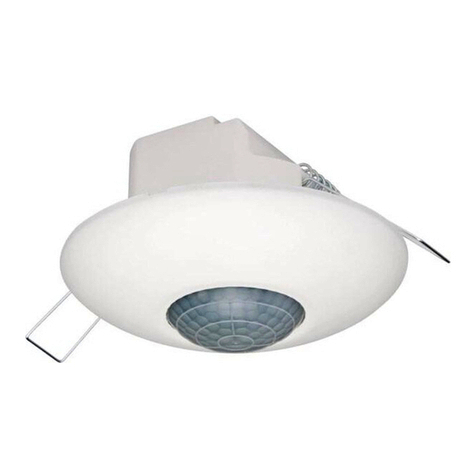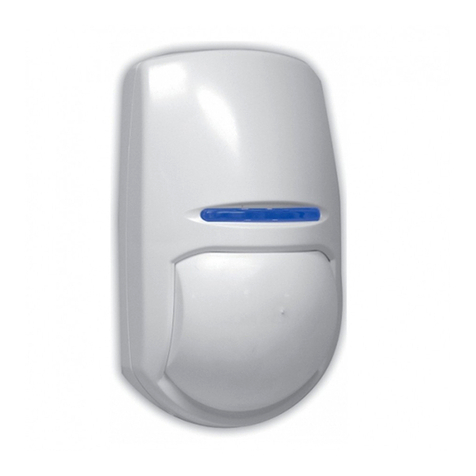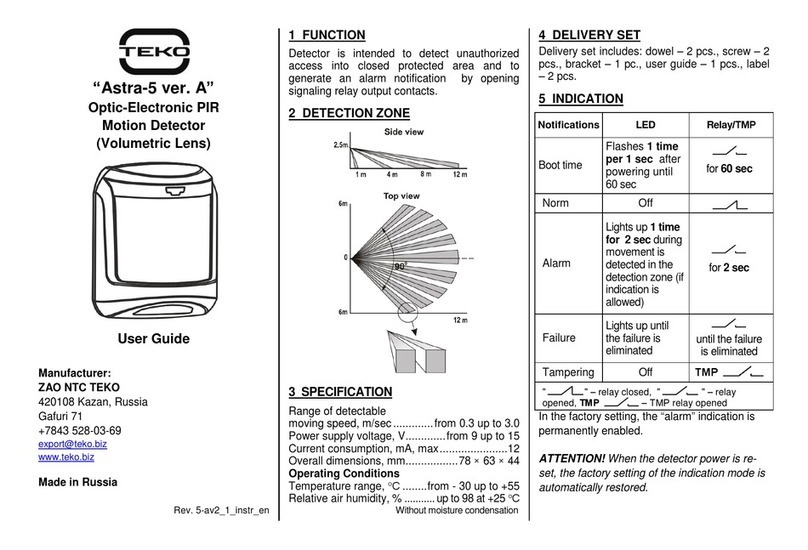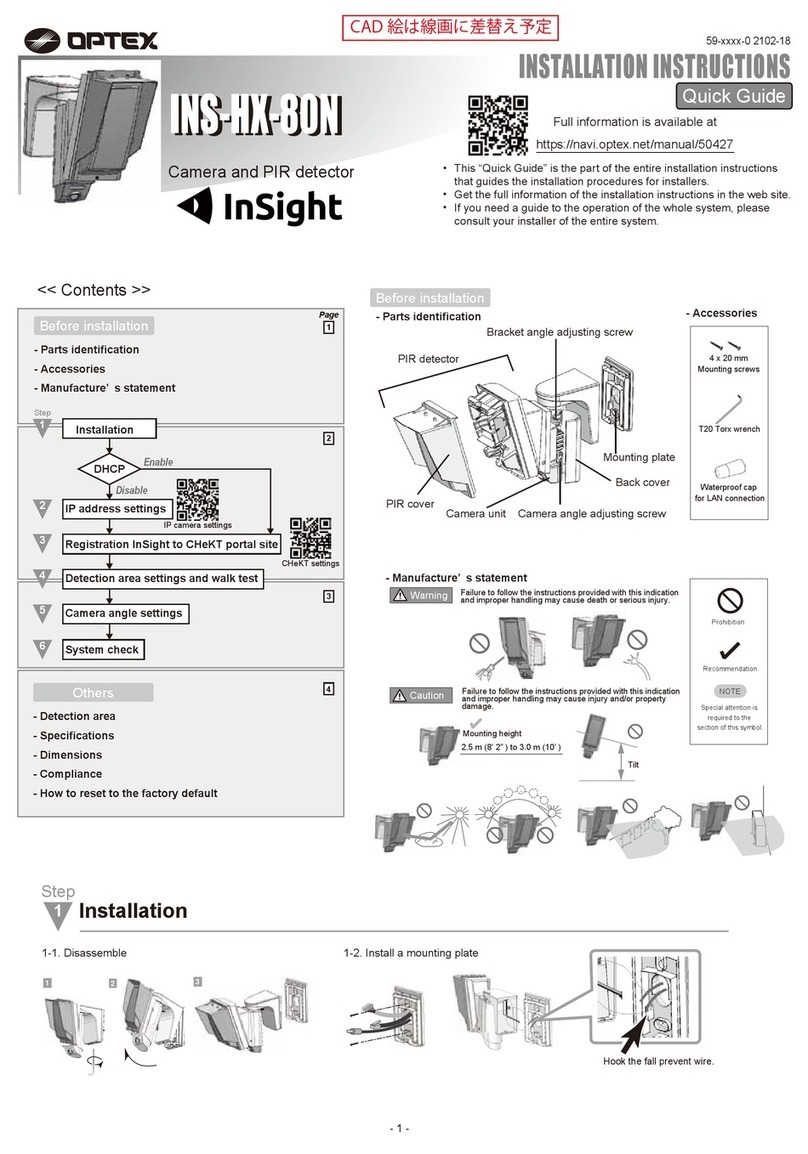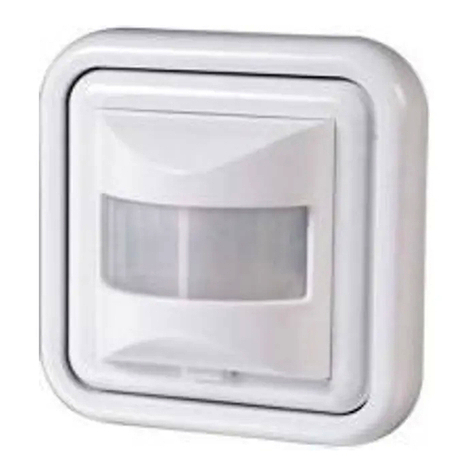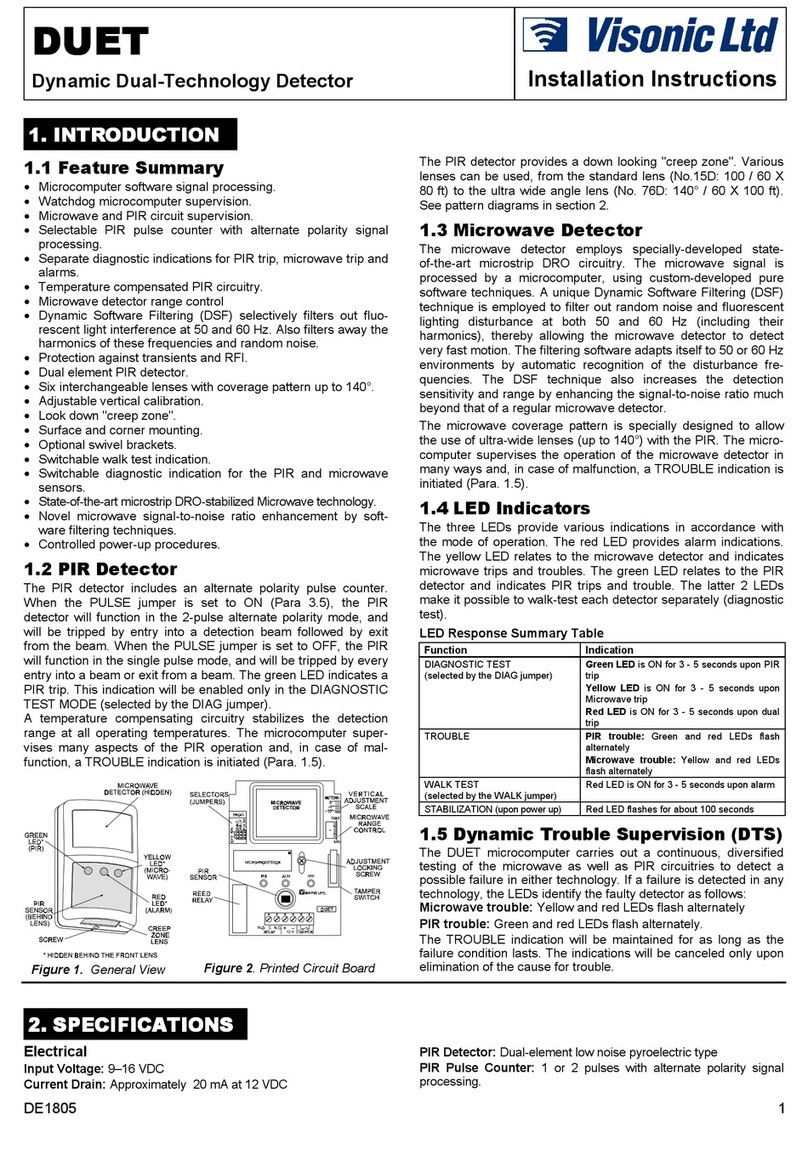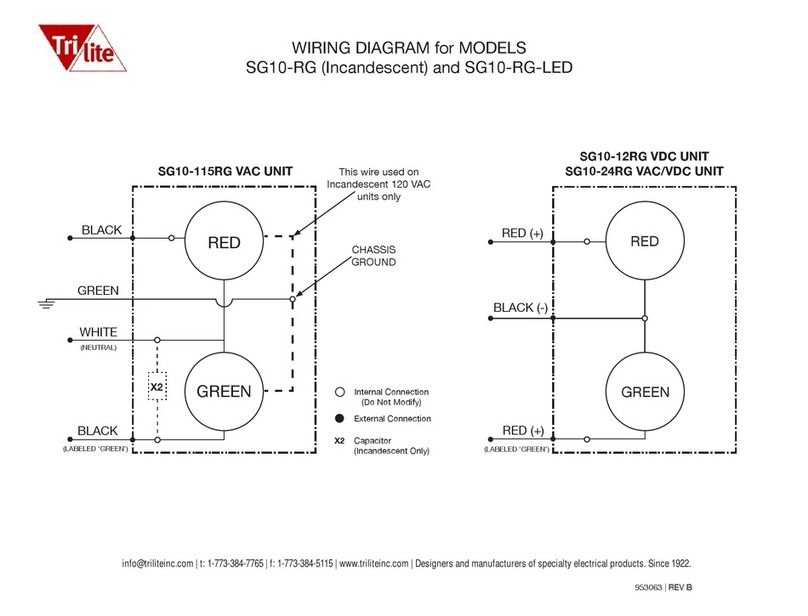CQR SDTRAPPER User manual

CQR Security. 125, Pasture Road, Moreton,Wirral. CH46 4TH, United Kingdom
Tel: +44 (0) 151 606 1000 Support: +44 (0) 151 606 6311
email: info@cqr.co.uk Web: http://www.cqr.co.uk
Environmental Advice.
This product is covered by current WEEE regulations. Please consider the eect on the
environment when disposing of it. Do not put in a domestic waste bin. Only dispose of
at an appointed recycling centre.
RoHS compliant.
PD6662 and EN50131 GRADE 2 environmental CLASS II.
Please read these instructions fully before installation.
SDTRAPPER
Intelligent Shock Detector
Installation Instructions
Specication
1
Supply Voltage 9 - 30 volts DC
Quiescent Current 17mA at 12 volts DC
Alarm Current 11mA at 12 volts DC
Operating Temp -20 to +50 degrees centigrade
Indication Tri-Colour LED
Red = Alarm
Amber = Engineer
Green = Day
Alarm Relay Normally closed, open in alarm (3 seconds)
Alarm Relay 150mA at 24V
Rating 10 ohm 0.25W resistor in series
Tamper Switch Normally , open on lid removal
Tamper Rating 50mA at 12V
Alarm Memory Up to 10 Trappers with individual
annunciation.
Slave Sensors Up to 2 CQR shock sensors and/or
magnetic contacts.
Dimensions 21mm x 25mm x 92mm
Explanation of Features
Time Integrated Pulse Count Analysing System.
The alarm threshold may be reached by either a single shock signal
of the required magnitude or by an accumulation of multiple shocks
of varying sizes within the time window.
The length of the time will be automatically set by the magnitude of
the rst shock. If the initial shock is small, so too will the time
window. If the initial shock is large, the time window will also be
large (up to 60 seconds).
This ensures that small signals which are likely to be caused by
birds, trees etc are quickly ignored and do not accumulate to an
alarm level, whilst larger or more frequent shocks which are more
likely to be intrusion attempts, are validated and stored in the pulse
count memory.
Engineer Selectable Features
1. Shock strength analysis and indication, (via amber LED)
2. Quiet and condence modes, (ashing green LED)
3. Alarm memory latch with sequential recall (up to 10 units)
Locate the Trapper base referring to Fig 1. and Fig 2. overleaf.
PSTESV21v0ALARMA/TNC LOOP
Fitting and Assembly
Fig. 1 Fixing point (remove shock
sensor to access)
Relay 124QE
Shock level setting
Function selection
Fixing point
Grommet
knock out
Cable
Entry
0V
12V DC
Set input
(Optional)
Spare
Alarm output
(N/C)
Tamper Output (N/C)
Slave sensor loop (N/C)
Tri-Colour LED
Tamper switch
Cover screw
Location point
2. Firmly strike the outer limits of the protected surface, using
a hard object, refer back to Fig. 6.
3. After 3 seconds the LED will ash amber to indicate level of
shock received.
1 ash= 20% of an alarm, 2 ashes = 40%,
3 ashes = 60% (as in Fig. 13), 4 ashes = 80%, red = alarm.
4. Ideally the LED should give 3 or 4 ashes, assuming a single
large shock almost sucient to cause a breakageto the protected
surface.
5. If LED shows red, reduce the sensitivity, if less than 3 amber
ashes, increase the sensitivity using the jumper plugs.
i.e 1+4=5 or 1+2=3. Remove link“E”.
An alarm detection is not normally required unless the protected
material is actually broken.
Alarm Memory Control
1. Connect in parallel, the “set” of each trapper (up to 10) and then
connect the set line, via a 1K resistor (provided) to the control
panel“set”/ “latch”output as in Fig. 14.
2. Ensure that the control panel set output goes high when the
system is set.
3.While the system is set, the trapper(s) will not give any LED
indication.
4. Activation will cause the alarm relay to operate.
5. Any alarm activations while the system is set, will be memorised
and reported by the amber ashing LED when the alarm is unset
6. 1 ash = 1st to alarm, 2 ashes = 2nd to alarm and so on up to
the 10th unit to alarm.
Any units that did not alarm will show a green ashing LED.
7.To reset the alarm memory, apply the “set”input signal for
3 seconds and then remove. Otherwise the trapper(s) will
reset the next time that the system is set.
Condence Mode
1. Remove the link“Q” and t to one pin only as in Fig.15.
2.The green LED will ash at 2Hz unitl either,
a. An alarm condition (red LED for 3 seconds) or,
b. Smaller shock(s) are stored in the pulse count memory
(every 5th green ash will miss, as in Fig. 16.
Quiet Modes
1. Fitting link“Q”will disable the green ashing LED as in Fig. 17
2. Linking the +12V input to the “set”input will disable all LED
functions as in Fig 18.
Fig. 13 = 60%
Fig. 14 X4321
1K +ve
Set
Fig. 15
124QE
Fig. 16
124QE
Fig. 17
Fig. 18 A A SP S 12V 0V
Only use in conjunction with Intruder Alarm Systems.
V3: 20191202

23
Factory Window Casement Window Residential Door
Wood Awning Window Sash Window Triple Sliding Glass door
T
S
S
T
T
T
TT
SS
If detection area is too large or interrupted, t slave detector(s)
X
The Shock Sensor module is to be placed into the base moulding
as seen in Fig. 3
Fig. 2
Fig. 3
Ensure arrow on the module points vertically upwards
This can be done by turning the cradle through 90°.
This adjustment allows horizontal or vertical mounting through 360°
Wiring
Using a standard alarm cable of either 6 cores (std operation) or 8
cores (latch operation), make the connections to the host control
panel and slave sensor(s) and/or contacts if used.
SD
1/3/4
Slave Sensor
or
N/C Contact
(optional)
L
L
A/T
A/T
A
A
SP
SET
+ 12V
0V
Fig. 4
Remove link if slave
sensors are tted
N/C Anti-Tamper
N/C Alarm Relay
Spare
Set input
(optional)
1K
12V DC Supply
Setting the Sensitivity
The detection sensitivity may be set either automatically, whereby
the Trapper will indicate the required setting once a test shock is
applied to the protected surface, or manually referring to the amber
shock strength LED as an indicator.
Automatic Sensitivity Control
1. Apply power and remove links (LK1, 2, 4 and Q) as in Fig. 5
2. Remove and the ret link“E” to reset memory.
3. Firmaly strike the ptotected area at a point furthest from the
detector, using a hard object or suitable calibration tool, as in Fig.6.
Fig. 5
124QE
Strike
Here
Trapper
Fig. 6
4.The shock signals received by the Trapper will be remembered as
80% of an alarm signal.
5.The LED will ash red a number of times .
Count the ashes and select the shock level by tting the links,
as in Fig. 7
6. Repeat steps 1 to 5
7. Remove Link “E”, 2 the detection level is now set.
The green LED will ash at 2 Hz
If the LED does not ash, the trapper has not received a shock
signal.This may be because:
a.The test shock was too small, or
b.The detection area is too large.
To correct either:
a. Increase the test shock or
b. Fit additional slave sensor(s) to increase detection area.
If the detection area is too large or interrupted, t slave detector(s)
as shown in Fig. 9
Testing the level of Detection
1. Set the required detection level, by tting the sensitivity links.
2. Fit the link“E”as in Fig. 10.
3. Strike the protected surface.
4. After 3 seconds the LED will ash amber to indicate level of
shock received.
1 ash = 20% of an alarm, 2 ashes = 40%,
3 ashes = 60% as in Fig. 10a, 4 ashes = 80%, red = alarm.
5.The amber LED will continue to ash (with short pauses) to
show the memory status.
6. As more small shocks are applied, the LED will show the
accumulated level of shock held in the pulse count memory.
7. Repeat steps 2 to 4 throughout the protected area, to assess the
level of detection achieved.
Remove link “E” when detection testes are complete.
Note: The pulse count memory may be cleared by causing the
Trapper to go into alarm (Red LED).
Manual Sensitivity Control
1. Fit Link“E”and the three sensitivity links as required as in Fig. 11.
Fig. 7
124
Three Flashes 1+2 =3
Flashes LK1 LK2 LK4
1 On O O
2 O On O
3 On On O
4 O O On
5 On O On
6 O On On
7 On On On
Fig. 8
Maximum
Minimum
*
*
Fig. 9
Slave Trapper
Fig. 10
124QE
Fig. 10a = 60%
Fig. 11
124QE
The table in Fig. 8 below shows link positions
